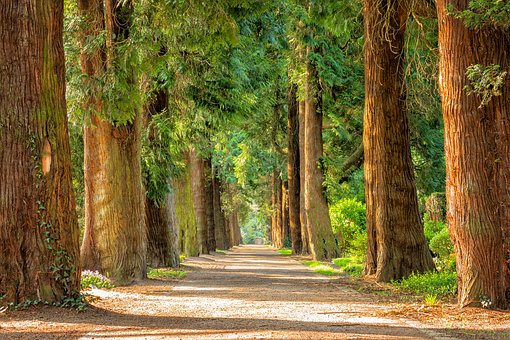Dailycsr.com – 31 March 2018 – The “pulp and paper” industry has been in talks for its environmental imprints. However, today’s “technological advancements” coupled with “responsible forestry practices” ensures that zero wastage is generated from tree which is harvested “after decades of growth”.
Likewise, Domtar takes care and puts “much thought” behind its harvestings. As the responsible “forestry practices” allows every tree to be consumed in the “best possible” way, whereby reducing wastage to the minimum, while the technological leap within the last two decades chip in to “reduce waste and maximize yield”. In an example of the same given by Domtar:
Likewise, Domtar takes care and puts “much thought” behind its harvestings. As the responsible “forestry practices” allows every tree to be consumed in the “best possible” way, whereby reducing wastage to the minimum, while the technological leap within the last two decades chip in to “reduce waste and maximize yield”. In an example of the same given by Domtar:
- “Foresters use drones and geographical information systems to monitor growth and ensure cutting waste isn’t left behind in the forest.
- “New “cut-to-length” processing systems cut wood precisely for optimal market value before it even leaves the forest.
- “By the end of 2019, efficiency improvements in the Windsor Mill’s debarking and chipping operations will yield five percent more fiber per acre of harvested wood”.
In the words of the Fiber Manager of “Domtar’s Windsor Mill”, Andre Gravel:
“A tree can take 50 to 60 years to grow. When it’s harvested, we need to take care of the fiber to ensure nothing is wasted.”
Domtar also enumerates “four primary categories” which cover “harvested trees”, wherein paper and pulp occupy the “lowest value” rung. Here are the details of these four categories, as mentioned by Domtar:
- “The largest-diameter portion near the base of the trunk is the very high-quality wood. It’s used to produce veneer for doors and tables.
- “Moving up the trunk is the high-quality wood. This is the kind of hardwood lumber used for cabinets, hardwood floors, stairs and furniture.
- “Closer to the top of the trunk, you’ll find average-quality wood, which is commonly made into shipping pallets.
- “Finally, the top of the tree and the branches are considered pulpwood quality, because — you guessed it — that’s the wood used to make pulp and paper”.
Additionally, Domtar collects bark and chips leftovers from “the other three categories” which then goes into the production of “pulp and paper” as well as for power generation. In Domtar’s words:
“We put byproducts of the pulp and paper process to good use, too. Lignin — the natural glue that holds wood fibers together — is a byproduct of the kraft pulping process. Traditionally, it has been burned as an energy source for the mill”.
Furthermore Gravel added:
“Many years ago, we used to fill landfills with leftover waste like bark, ashes and mill sludge. Now those residues are used to fertilize our forest land or to generate energy. We’re a part of a circular economy process making the most of every tree.”
References:
newsroom.domtar.com


 Domtar Makes The ‘Most Of Every Tree’
Domtar Makes The ‘Most Of Every Tree’





 Companies
Companies